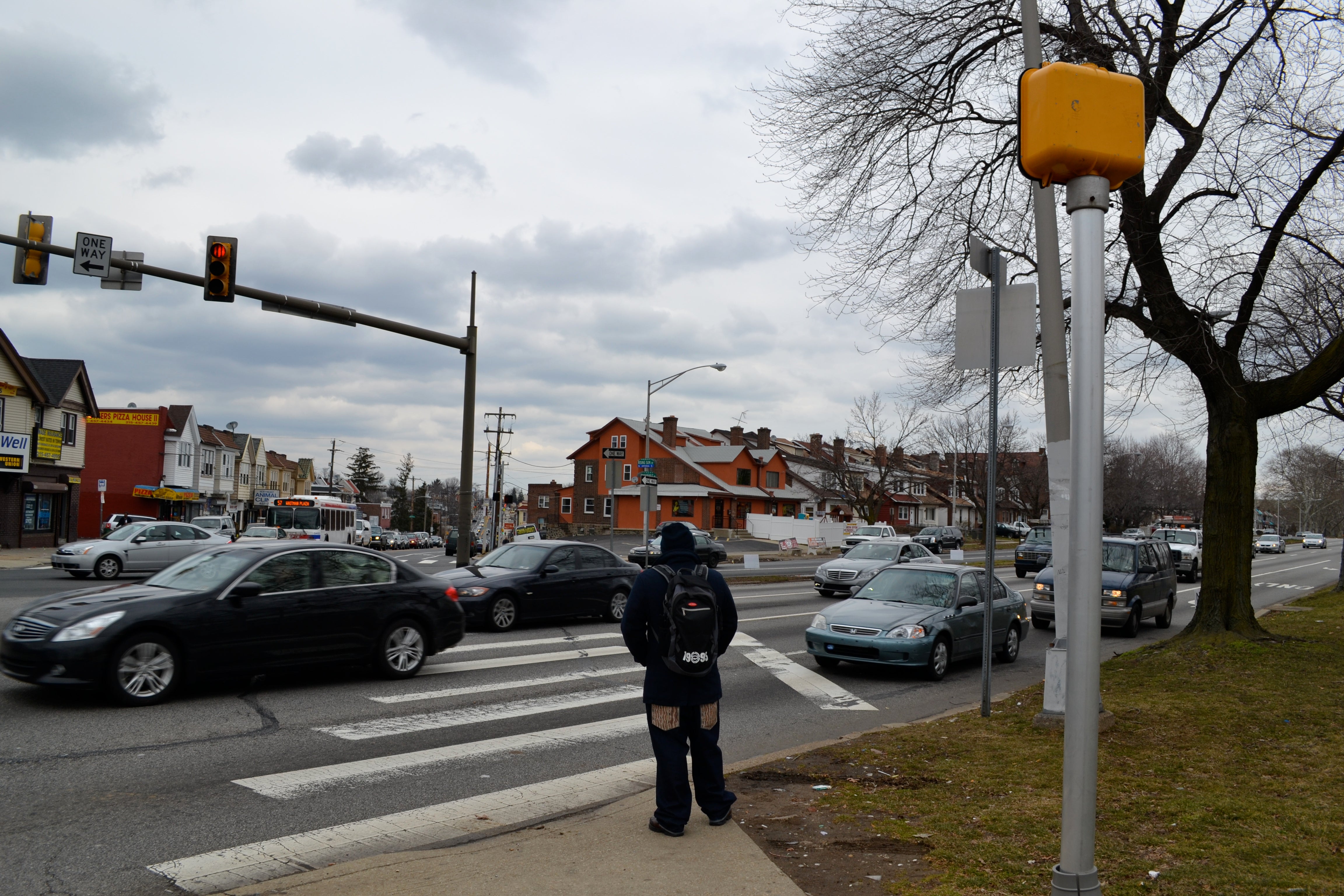City gets $2.5 million to plan Roosevelt Boulevard bus rapid transit

The Roosevelt Boulevard works well for no one. It is a 12-lane nightmare replete with crashes, gnarled with rush hour traffic and inadequate transit options in an era of growing ridership. But a plan for relief is taking shape.
Earlier this month the city was awarded a $2.5 million TIGER grant to develop real plans for bus rapid transit on Roosevelt Boulevard.
Think of bus rapid transit (BRT) as express bus service to serve Northeast Philadelphia’s half a million residents, with carefully chosen stops, dedicated travel lanes, and traffic signal priority to ensure efficiency.
“The TIGER Grant is going to go to a comprehensive planning study and allow us to move from planning into the project development process,” said Andrew Stober, Chief of Staff at the Mayor’s Office of Transportation and Utilities. It will enable planners to take “a fresh look at 14 miles of 12 lanes that don’t work well for anybody who’s traveling on or trying to cross them.”
Currently there are about 150,000 individual trips per day on Roosevelt Boulevard, including 25,000 made on transit. From 2008-2012 there were 3468 crashes on the Boulevard leading to 49 fatalities. It’s clear that the Boulevard needs to change to become safer, and take smarter advantage of its 300-foot width.
Stober said the city has the opportunity to reconfigure Roosevelt Boulevard so it works better for all users. Such a reconfiguration would include a dedicated guideway for bus rapid transit, better management of local and through traffic, and significant pedestrian safety upgrades.
The best proxy for Boulevard BRT travel time, Stober said, is late-night service on the Route 14 bus, which moves 40% faster then than it does during rush hour. That improvement would be better for the existing transit riders, hopefully attract new riders, and thereby help drivers too.
After early study and an assessment of current funding realities, heavy cost options like fixed or elevated rail are not on the table. But planners, who have long wished for transit relief for the Boulevard, see bus rapid transit as a huge opportunity.
Stober said the grant will enable detailed planning supported by real technical and engineering feasibility analysis, and robust public outreach.
“We need to put together a package that could be funded… not a wish list or transportation fantasy,” said Stober.
Federal funding sources are the most likely to fund our eventual BRT line, but it’s also helpful that Act 89, the state’s new transportation funding source, places SEPTA on stronger footing to consider a BRT expansion. “We are in a much stronger position to be doing this study than we were just 12 months ago,” Stober said.
For now, transportation planners envision low-cost “Better Bus” upgrades to enhance pedestrian safety and make existing bus service more efficient. That will help in the near term but simple stuff like paint and signals only go so far. The Boulevard needs wholesale reconfiguration to improve connectivity, commute times, and safety.
WHYY is your source for fact-based, in-depth journalism and information. As a nonprofit organization, we rely on financial support from readers like you. Please give today.





